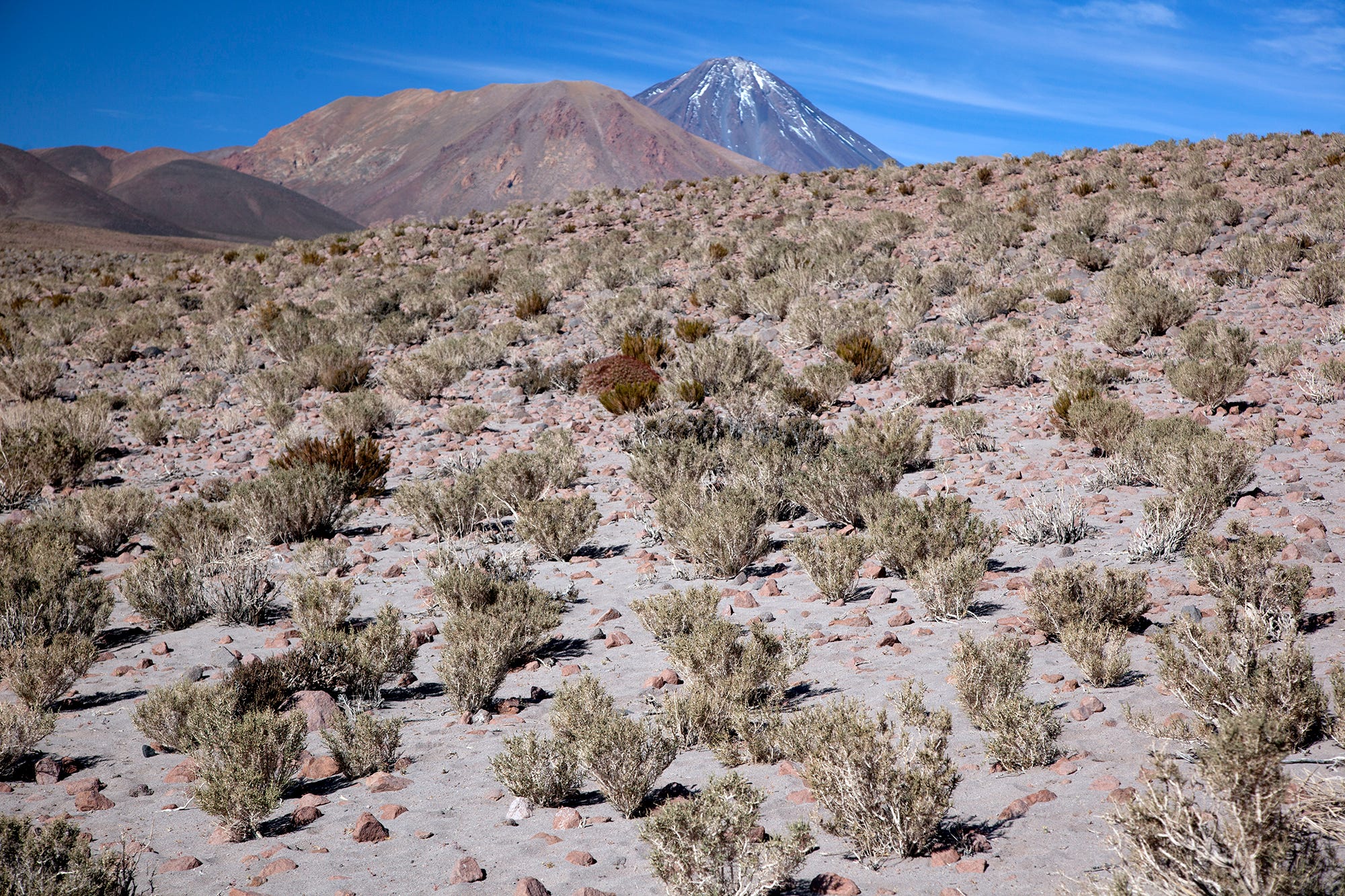The Edible Plants of the Atacama Desert
Incredible flavors from slow growing herbs, fruits & flowers in northern Chile.
The Atacama Desert is one of the most difficult places on earth for life. The the soil is saturated with salt, there are strong winds and it only rains about 0.6 to 2 mm a year. Yet, within this struggle, not despite of these highly unusual conditions but because of them, what does grow here does so in a way unlike anywhere else. The flora and fauna of the Atacama have absolutely unique flavors, not to mention additional medicinal benefits. We have only begun to understand their enormous potential for use in gastronomy and nutrition.
There are approximately 550 species of vascular plants that have been documented in the Atacama. Many of them have a similar appearance: large, whitish green shrubs with dry, brittle branches and generally have an intensely bitter flavor. There are also deciduous tree trees with fleshy fruits or leguminous pods and flowers that appear with the tiniest hint of moisture in the air.
Early inhabitants utilized everything edible that the earth would let grow, while hunting the occasional game like guanacos and rabbits, plus rodents, lizards and various bird eggs also provided sustenance. Caravans of traders that arrived with llamas carrying dried meats, grains and tubers from the altiplano, as well as fish and shellfish from the coast, he;ping diversify the diet here (which continues today in the form of trucks and airplanes).
I am indebted to the yerbatera Patricia Perez Gonzalez who lives in the indigenous community of Toconao, about 70 km southeast of San Pedro de Atacama, near the 5,690 meter high Lascar Volcano, for showing me her work (she supplies countless restaurants and packages small amounts them as La Atacameña), as well as Rodolfo Guzmán at Boragó (whose cookbook Boragó: Coming from the South is an invaluable resource on cooking with Atacama ingredients) and the botanist and anthropologist Veronica Poblete.
Keep reading with a 7-day free trial
Subscribe to New Worlder to keep reading this post and get 7 days of free access to the full post archives.




